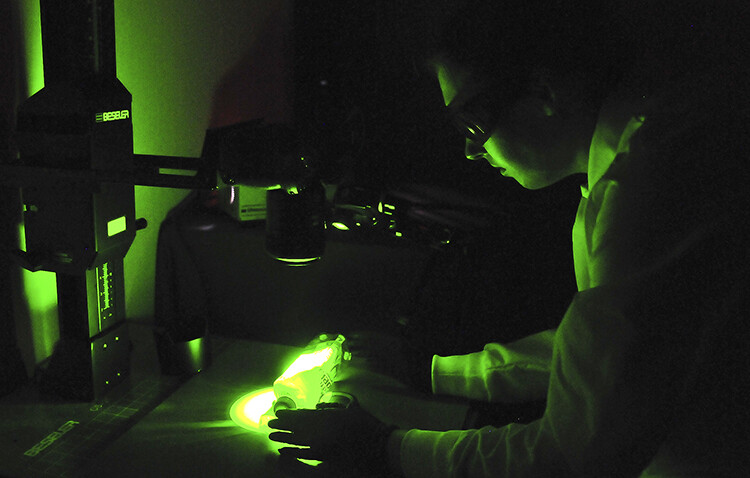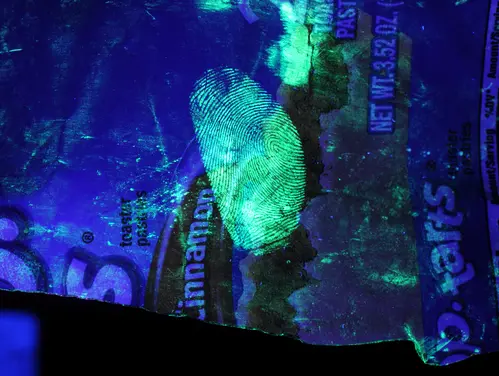The Photography Section handles the majority of digital images generated by the laboratory and provides prints for the legal system. The photography section also photographs evidence and digitally processes images for comparison purposes. Processing may include the application of digital techniques to isolate, clarify, or enlarge areas of interest for further examination or presentation in court. Some examples of forensic photography include crime scene evidence, fingerprints, footwear, tire tracks, and the use of alternative light source (ALS).

